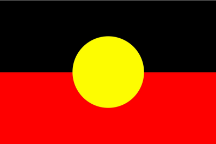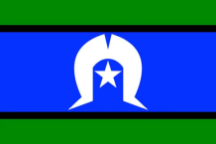Child safety in sport means protecting children from abuse, providing safe, quality experiences and empowering children’s voices.
The Victorian Government’s Betrayal of Trust report and the Royal Commission into Institutional Responses to Child Sexual Abuse highlighted just how significant an issue child safety is within sport.
The New Child Safe Standards replaced the previous 7 Standards in Victoria to better protect children and young people from abuse. The Victorian Government announced that the new Standards commenced on the 1st of July 2022. Changes have been made to support greater national consistency, reflecting the National Principles for a Child Safe Organisation developed following the Royal Commission into Institutional Responses to Child Sexual Abuse.

